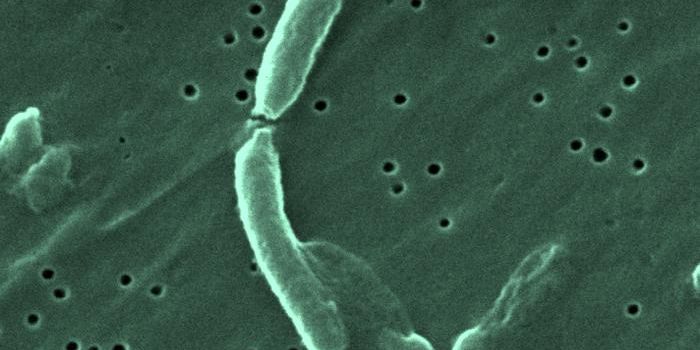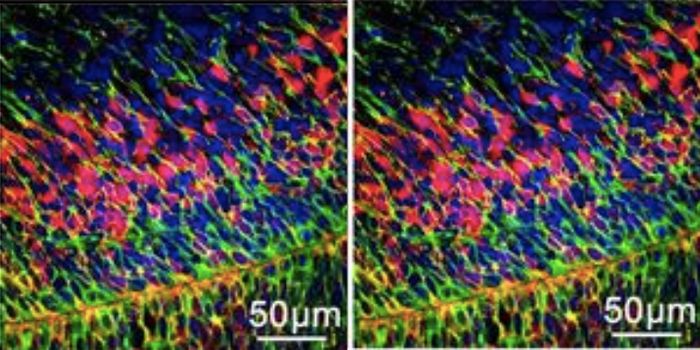The Evolutionary Origins of the Human Hand
An ancient fish fossil has given researchers new insight into how fish fins eventually evolved into human hands. New work briefly animated in the video has revealed the missing link between fish and tetrapods, a group of four-legged vertebrates that counts humans as a member. An incredibly significant evolutionary event occurred as fish started to move into shallower waters millions of years ago, during the Late Devonian period, to conquer land. This transition necessitated the growth of hands and feet, and their evolution into tetrapods.
"Today we announce in the journal Nature our discovery of a complete specimen of a tetrapod-like fish, called Elpistostege, which reveals extraordinary new information about the evolution of the vertebrate hand," said Strategic Professor in Palaeontology John Long of Flinders University. "This is the first time that we have unequivocally discovered fingers locked in a fin with fin-rays in any known fish. The articulating digits in the fin are like the finger bones found in the hands of most animals."
Paleontologists study how fish fins evolved into tetrapod limbs by studying fossils of tetrapods and lobe-finned fish called elpistostegalians that date back around 375 million years. In this work, the researchers used a CT scan to probe the fossil of a 1.57-meter long Elpistostege fish fossil from Miguasha, Canada. In the skeleton of the pectoral fin, the scientists observed bones that parallel those of the arm (humerus), forearm (radius and ulna), wrist (rows of carpus) and fingers (organized phalanges).
"This finding pushes back the origin of digits in vertebrates to the fish level, and tells us that the patterning for the vertebrate hand was first developed deep in evolution, just before fishes left the water."
By understanding the transition from fish to tetrapod, we may be better able to understand how anatomy was transformed to enable creatures to hear, breathe, and feed as their environment changed, said study co-author Richard Cloutier of Universite du Quebec a Rimouski.
"The origin of digits relates to developing the capability for the fish to support its weight in shallow water or for short trips out on land. The increased number of small bones in the fin allows more planes of flexibility to spread out its weight through the fin. The other features the study revealed concerning the structure of the upper arm bone or humerus, which also shows features present that are shared with early amphibians. Elpistostege is not necessarily our ancestor, but it is closest we can get to a true transitional fossil: an intermediate between fishes and tetrapods."
Sources: AAAS/Eurekalert! via Flinders University, Nature








